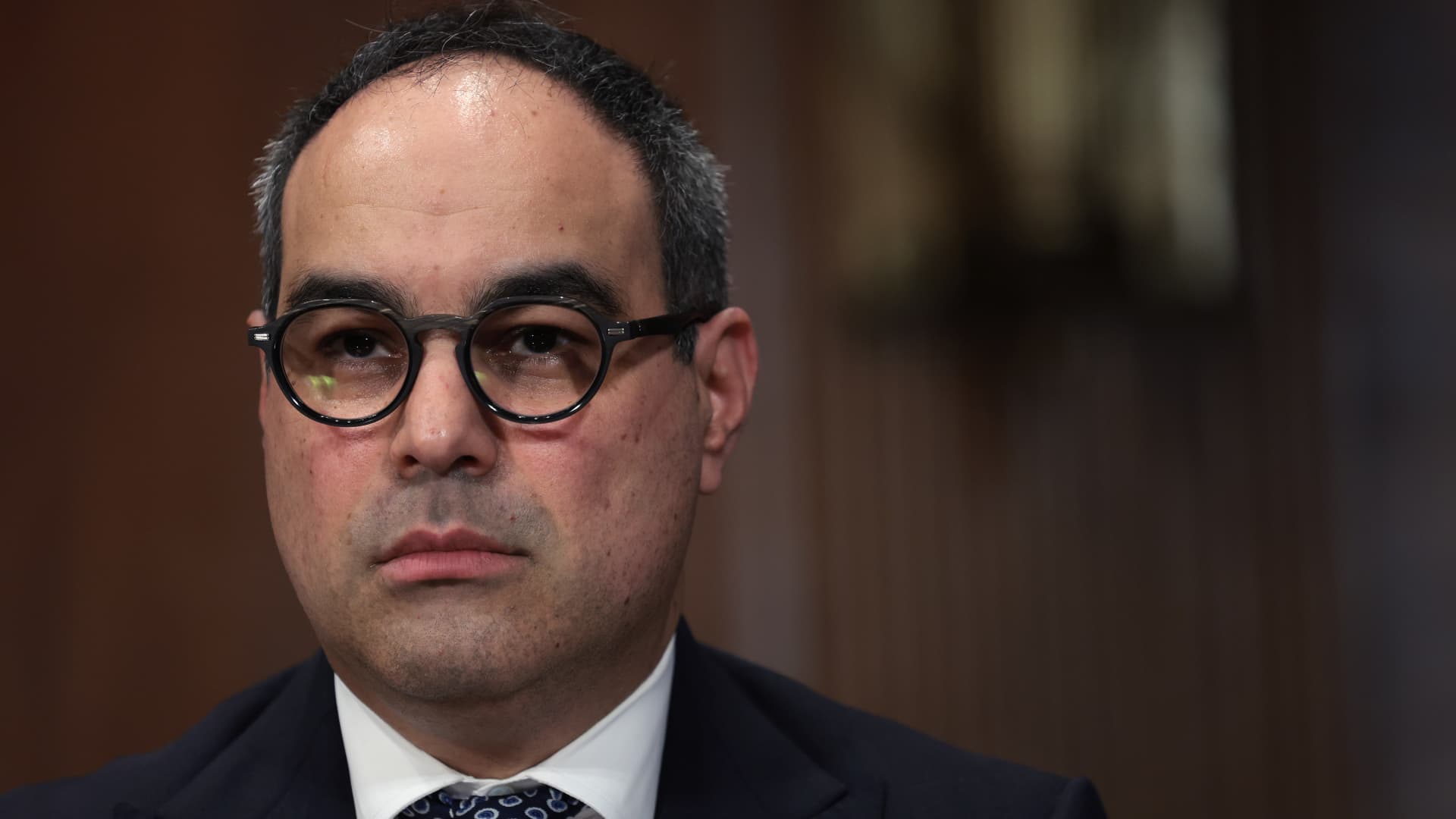The Future of Advertising: How Google’s Antitrust Case Could Reshape the Industry
In a pivotal moment for digital advertising, former Department of Justice (DOJ) antitrust chief Jonathan Kanter predicts sweeping changes to the $600 billion global ad market following the impending verdict in the U.S. government’s landmark case against Google. Speaking at a Washington think tank event this week, Kanter outlined how regulatory action could dismantle tech giants’ dominance, creating opportunities for innovation and competition in an industry long controlled by a handful of platforms.
Breaking Up the Digital Advertising Oligopoly
Kanter, who led the DOJ’s antitrust division from 2021 to 2023, described Google’s current position in digital advertising as “the ultimate middleman” controlling both supply and demand. According to recent estimates, Google commands:
- 28% of global digital ad revenue ($237 billion in 2023)
- 90% market share in search advertising
- 50% control of the ad tech stack through products like Display & Video 360
“When one company owns the stadium, the ticket booth, and the concession stands, true competition becomes impossible,” Kanter remarked. “The pending verdict could force structural separation of these business units, fundamentally altering how digital ads are bought and sold.”
Potential Shifts in Advertising Technology
Industry analysts predict three major transformations if regulators succeed in breaking up Google’s ad tech empire:
- Decentralized ad exchanges: Emergence of blockchain-based platforms reducing intermediary fees
- Publisher empowerment: News media and content creators regaining pricing control
- Alternative metrics: Shift from click-through rates to attention-based measurement
Mary Chen, a partner at advertising consultancy Martech Insights, notes: “We’re already seeing early-stage companies developing privacy-focused ad solutions that could flourish in a post-verdict landscape. The current system’s 30-40% ‘tech tax’ on every ad dollar simply isn’t sustainable.”
Challenges and Counterarguments
Not all experts agree that regulatory intervention will benefit the industry. Some warn of potential disruptions:
- Short-term instability in ad pricing and placement
- Fragmentation making cross-platform campaigns more complex
- Possible advantage to foreign competitors like TikTok’s ad platform
Google’s VP of Global Ads, Dan Taylor, recently defended the status quo: “Our integrated system delivers measurable results for businesses of all sizes. Breaking it apart would harm the very publishers and advertisers regulators aim to protect.”
Emerging Alternatives in a Changing Landscape
Several promising developments suggest the industry is preparing for change:
- Retail media networks (Walmart Connect, Amazon Ads) growing 25% year-over-year
- CTV advertising projected to surpass $25 billion by 2025
- AI-powered contextual targeting replacing cookie-based methods
Kanter highlighted these trends as evidence of market resilience: “When competition thrives, innovation follows. We’re seeing incredible creativity in areas like augmented reality placements and voice-activated ads that could redefine engagement metrics.”
What Comes Next for Advertisers and Publishers
As the legal process unfolds, Kanter advises industry participants to:
- Audit their dependence on any single ad tech provider
- Experiment with emerging platforms and measurement tools
- Prepare contingency plans for different regulatory outcomes
The verdict, expected by Q1 2025, could trigger the most significant advertising industry shakeup since the dawn of programmatic buying. While uncertainties remain, one thing appears clear: the era of unchallenged platform dominance may be ending, ushering in a new chapter of competition and innovation.
For ongoing coverage of this developing story and its impact on your advertising strategy, subscribe to our regulatory updates newsletter.
See more Business Focus Insider Team

